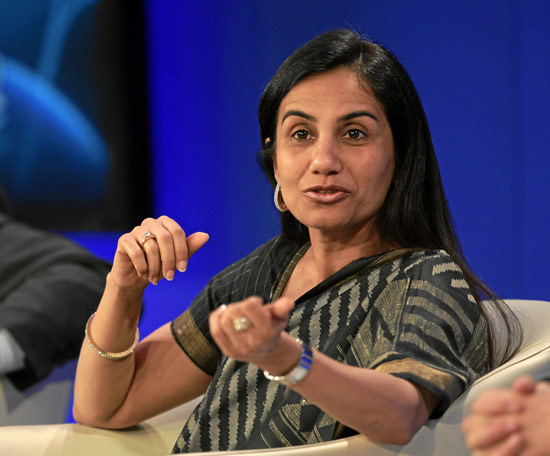Business Culture: Women in Business
The complexity of the Indian caste system is legendary, with up to 30 distinct castes within a single village. Although this hierarchical arrangement has existed virtually unchanged for centuries, in modern cities such as Mumbai, Chennai, and Kolkata, where social class receives more emphasis, some young people are starting to marry across caste lines, a practice that horrifies Indians who hold to traditional ways. Attitudes toward women are affected by both class and caste. Region also plays a role in how women are generally treated, with women in the South typically receiving more respect than those in the North. Despite laws requiring equal rights and treatment for women, many local governments, especially in the North, flagrantly ignore them. As a visiting businesswoman, you will typically be treated with greater deference than many local women, though not necessarily with the respect afforded your male colleagues.
Public Presence
Region, religion, and family dynamics play significant roles in a woman’s freedom of movement in India. In the North where Islam is strongest, the practice of purdah or ritual separation of women from men is heavily applied. Women in religiously-observant families are required to seek permission from their male guardians before venturing away from the family home. When they are allowed to go out, they keep their distance from non-related males as much as possible. In the South, and especially in the State of Kerala and the larger cities, women have much more freedom of movement and can be seen interacting with men in a variety of settings more frequently. As a visitor, you will be seen in a completely different light than a local woman and will normally be free to move about in most settings.
An Indian woman’s freedom of dress is also affected by her family, religion, and the specific culture of the region where she lives. For example, in the Muslim areas, women are usually expected to be completely covered from the neck down in a loose-fitting garment. Most also wear a head scarf to cover their hair. In Punjab, many females wear the salwar kameez or “Punjabi suit.” This consists of a colorful tunic that extends almost to the knees and baggy trousers. Some of the tunics come with short sleeves, but the majority have long sleeves. In the Hindu areas and throughout most of the southern part of the country, you will see women wearing the sari, a colorful piece of unstitched cloth that ranges from four to nine feet in length. Indian women usually wrap and drape the sari over the accompanying petticoat and blouse they are wearing. While you will see some women wearing Western clothes in the cities, Indians normally prefer to dress in their native fashions. During your stay in the country, you might wish to buy both a salwar kameez and a sari or two. Indians generally appreciate it when foreigners adopt their clothing, plus the loose cotton outfits are more suited to India’s climate than Western attire. For business meetings, wear conservative suits or dresses that cover the shoulders and upper arms, have high necklines, and drop below the knees. Flat shoes are preferable to heels.
Although you will see increased socialization between men and women in the larger cities, in most of India each gender tends to socialize separately. You are free to go out with the companions of your choice, of either gender. For safety reasons, it is recommended that you move about with at least one other person during your stay in the country.
Personal Interaction
How much space Indians keep between themselves while conversing depends largely on their sub-group within the culture, but in general, Hindus stand about an arm’s length or more away from each other. In business and formal situations a handshake is sometimes given during introductions; as a woman, you will be expected to extend your hand first. Almost all other forms of touch between men and women are viewed as taboo in public, as touch is frequently perceived to be sexual in nature. You'll want to use direct eye contact in business situations, especially in urban areas, but avoid sustained eye contact with men, which is frowned upon. As a foreign woman you will be expected to address your male colleagues in the same manner and tone of voice as you would a male coworker in North America.
How women are viewed by men varies in India, but most are seen as people with their own ideas, opinions, and emotions. However, not all men place as much value on a woman’s thoughts as on a man’s. In general, women are expected to be primarily wives, mothers, and homemakers. You will be viewed in a different light, however, and should feel free to interact with your Indian male colleagues as an equal business partner.
Autonomy and Leadership
Legally, women can travel, both domestically and internationally, and own their own businesses and property. Regional, religious, and family traditions often restrict these rights, however. Additionally, Indian women have lower labor participation, educational attainment, and political empowerment than Indian men. In general, your professional stature will solidify your position in the upper class, and you should encounter few obstacles to conducting business due to gender discrimination. While in the country, feel free to negotiate contracts, supervise a workforce, or delegate responsibility, to the extent that your position requires.
Article written for World Trade Press by John E. Roper.
Copyright © 1993—2024 World Trade Press. All rights reserved.

 India
India 
